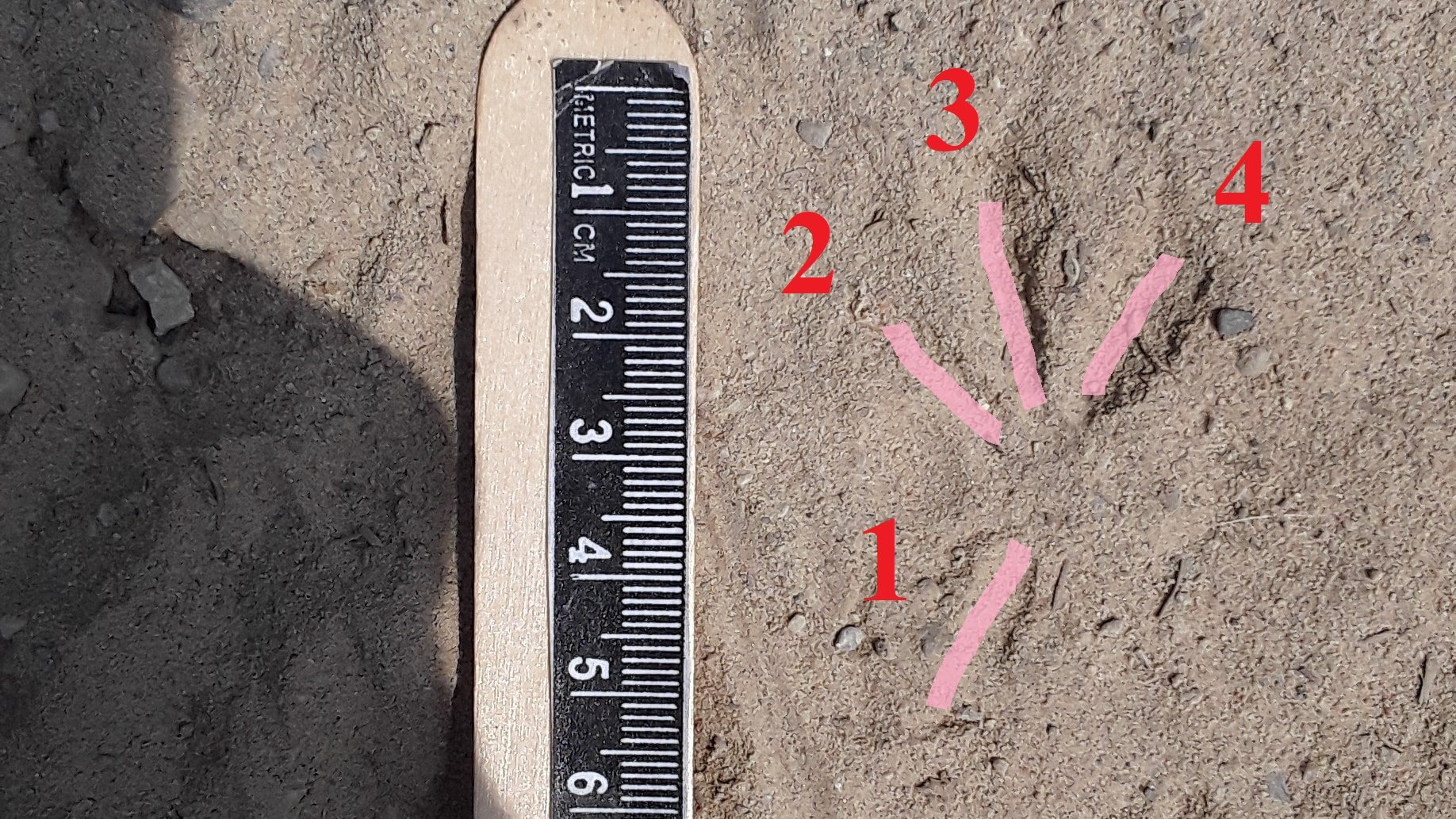
What’s going on out on the land?

Two More Coracoids
I have written about coracoids before, but since realizing they are very helpful in the identification process of birds, it has become a bit of an ongoing puzzle now.
This post is about finding two dead birds and using their coracoids to sort out who they were with a little more certainty.

Tracking Birds At Saugeen First Nations, 2023.06.10
We parked and got out of the vehicles after a long drive and took to the sand right away to find some good tracks. While we did discuss some Red Fox and some Coyote tracks and gait patterns, I was really looking forward to finding some bird tracks. I was eager for the beach but James called me over to show me a track he’d found. It was from a bird! This was a great start to our day together as I came with the intention of tracking birds and we were only about four metres away from the cars. We got down to check it out.

What happened to this Gull?
I was walking up the frozen river with some kids in tow. We’d been out for a few hours tracking when we were on the last stretch and one of the kids pointed to a small mound on the ice. “Look a Penguin!” I think she’d meant it as a joke, but I took note and walked towards the mound. I had walked along this frozen river the day before and hadn’t noticed a mound on the middle of the river bulging out of the ice. I couldn’t tell what it was at first, but my guess was that a log or branch had broken through somehow. As I got close, I learned it was nothing of the sort.

White Fragility and Fake Blues in a Blue Jay Feather
Lighter or whiter parts of feathers break down more readily. One of the reasons is that darker feathers contain different pigments. The pigments make them stronger and more resilient in the face of harsher conditions. Additionally, white and blue aren’t real colours at all but structural colours created by the structure of the feather itself. Check it out.

Rock Dove Kill site?
I was on my morning walk along the riverside when up the path I came across a large pile of feathers.
I love how a simple walk in the morning, just to get out of the house can turn into a chance to really look at the details of a killsite and study the gaits of the possible predators, and look at the structure of a feather. What amazing teachers these wild neighbours are.
